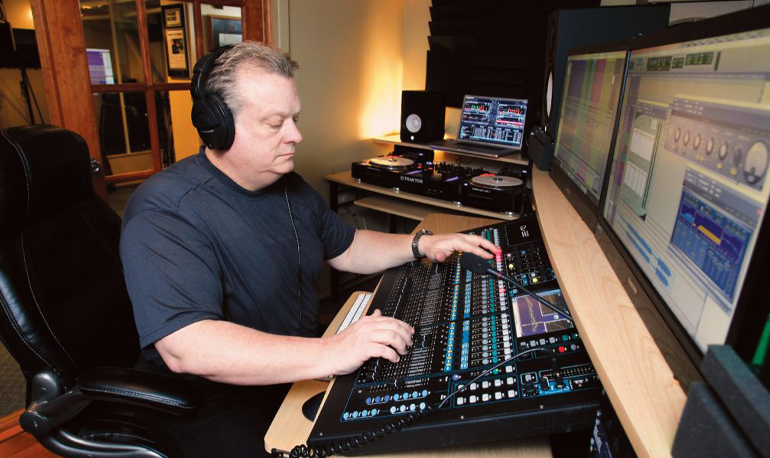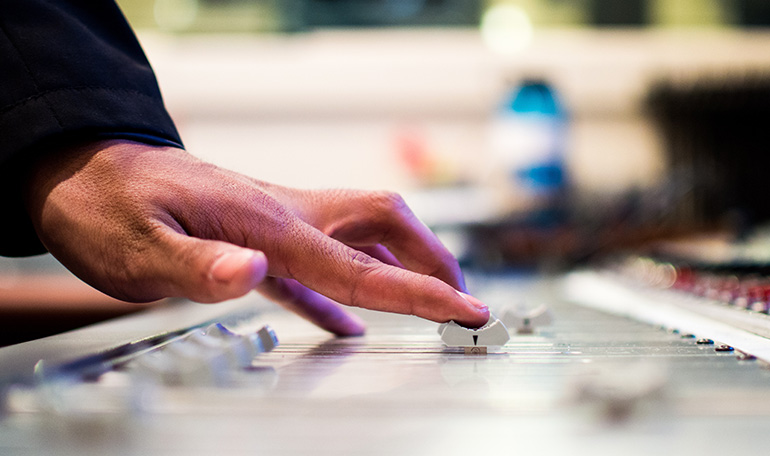RJC STUDIOS RECORDS WITH Allen&Heath QU-32
RJC Studios is a commercial recording studio in Hamburg, New Jersey. Owned by Producer/Engineer Robert Cline, the studio provides audio recording and production services for many different clients including B. Christopher, a well-known TV and film composer. The studio recently acquired an Allen & Heath Qu-32 digital mixer which is tightly integrated into its Pro Tools environment providing mixing and DSP services and acting as a control surface for the DAW (digital audio workstation).

Cline routes microphones and other audio sources into the Qu-32’s inputs and from there into Pro Tools via the mixer’s multi-channel USB interface allowing him to use all of the Qu-32’s mixing capabilities, scenes, layers and DSP effects in a way that complements the DAW. He uses the Qu-32’s reverb and delay on selected mics or instruments and its ADT module to double vocal channels for a “fatter” sound. Cline notes that Pro Tools effects and plug-ins can be processor-intensive so he likes to use the Qu-32’s DSP effects as much as possible.
Since the studio uses the same drum kit for most of its work, Cline created and saved a special setup for drums including DSP gates and compressors. Saved Qu-32 scenes allow quick setup for repeat clients with separate scenes for recording and mixdown.
RJC also uses Qu-32 layers effectively. Layer 1 controls the mixer’s 32 input channels which are routed to Pro Tools during live studio recording sessions. Layer 2 controls all of the Qu-32’s Groups, Mix, Matrix, Master and DCA Outputs.
One of the tricks pro mixers use to “glue” their tracks together is mix bus compression. It’s frequently used, but rarely done right.

Cline uses Layer 3, the “Custom” layer, as his Pro Tools control surface. He explains, “I can assign faders in Pro Tools and control them via the QU-32 using the HUI MIDI interface.” In addition, the Qu-32’s “GEQ Fader Flip” turns the faders into a 28-band graphic equalizer matching the mixer’s touch screen GEQ display.
RJC also operates a DJ service and uses its studio recording and mixing capabilities to create special DJ sets. Cline says the Qu-32’s delay, phasing and other DSP effects also help create custom remixes and loops for the DJs. Cline says he highly recommends the Qu-32 for recording studios, “It’s very, very versatile, it sounds great and it integrates well with Pro Tools.” He adds, “To get this kind of functionality at this price is just amazing!”


Cornelius78
The first part is about using the custom layer (accessed by pressing the two layer buttons simultaneously) as midi control. Instead of a layer of faders for the Qu’s normal channels, mixes and DCAs etc, you can assign midi controls to them and use them to control faders in a DAW. The second part is about hitting the “GEQ” button in the superstrip whilst a mix master is selected. The faders change to represent the bands of the geq on that mix. See p79 and p34 of the manual.